For more than a half-century I have explored many of the Minnesota waterways from a canoe and although I have enjoyed much of that time fishing from it, the idea of trolling or casting for hours on end is not, to my bewilderment, met with as much enthusiasm by my wife and two kids. Our 17′ canoe is more boat than I needed for what has become an individual activity, and I wanted something much more portable and nimble—a solo canoe. Purchasing a new canoe was never going to be an option due to limited resources, and reasonably priced used solo canoes don’t become available often. So, I decided I’d attempt to build one as a winter project.My criteria for choosing a design revolved around the following: stable enough for trolling or casting, ease of transport on and off my car roof rack, light enough to portage, uncomplicated construction for a first-time boatbuilder, and affordability. With the two end pieces joined together, the canoe takes shape as the sides are curled up. The seams that will become the chines end short of the stems and are reinforced with small plywood patches, epoxied in place, to ease the transition there from angled chine to curved bow. Mike Hoyt
Mike Hoyt
Stay On Course


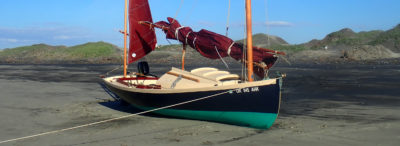
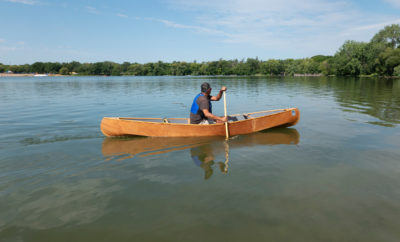
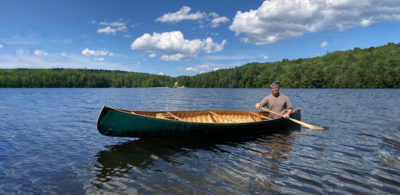
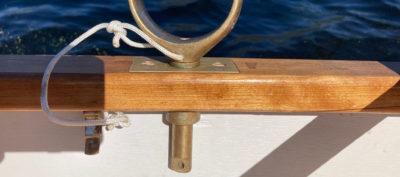
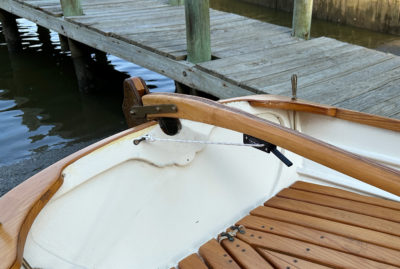
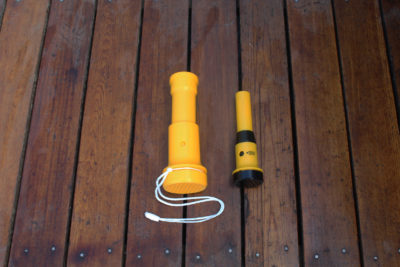
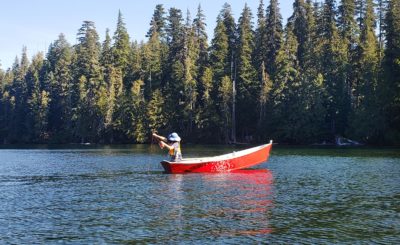
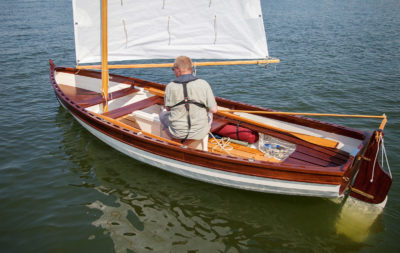

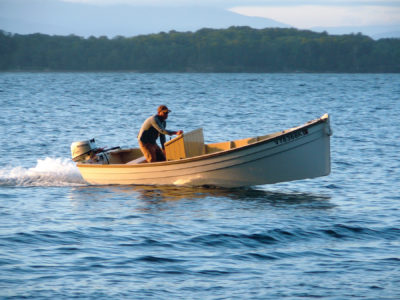
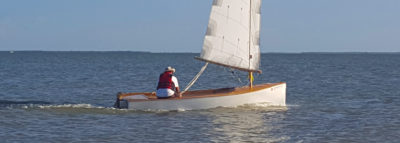
Join The Conversation
We welcome your comments about this article. If you’d like to include a photo or a video with your comment, please email the file or link.